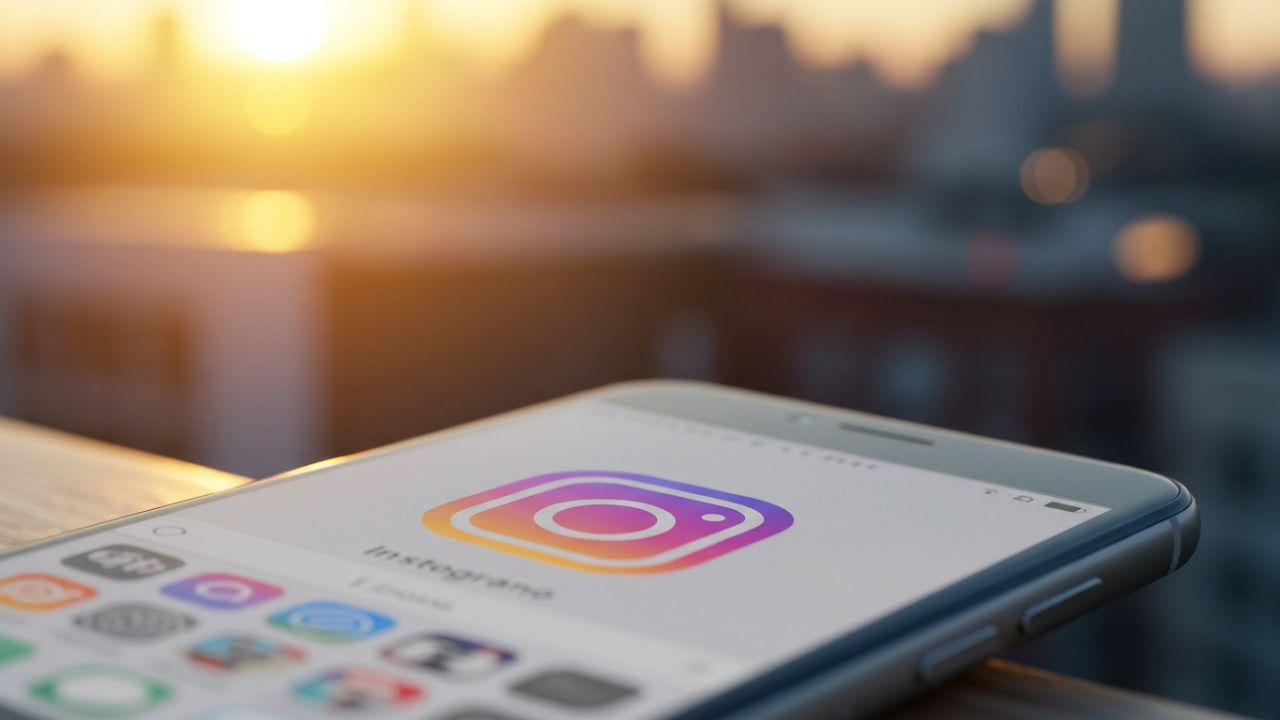In the ever-evolving landscape of social media, hashtags have become a powerful tool for increasing visibility, engagement, and virality. When used strategically, hashtags can help brands, influencers, and individuals reach their target audience, boost their online presence, and even trend globally. However, using hashtags effectively requires more than just adding random tags to posts. It involves research, strategic placement, and an understanding of platform algorithms. In this article, we will explore how to use hashtags strategically to go viral and maximize your social media impact.
Understanding Hashtags: What They Are and Why They Matter
Hashtags are words or phrases preceded by the “#” symbol that categorize content and make it discoverable to a wider audience. They act as digital signposts that help users find relevant topics, trends, and discussions. Hashtags are used across multiple social media platforms, including Instagram, Twitter, TikTok, Facebook, LinkedIn, and YouTube.
The Importance of Hashtags
- Increased Discoverability: Hashtags make your content searchable, allowing it to reach users who are interested in similar topics.
- Boosted Engagement: Posts with relevant hashtags tend to receive higher engagement rates, including likes, shares, and comments.
- Trend Participation: Using trending hashtags allows your content to join ongoing conversations and increase visibility.
- Targeted Audience Reach: Strategic use of hashtags ensures that your content reaches the right audience, leading to higher conversion rates.
How to Choose the Right Hashtags
Using the right hashtags is essential for maximizing reach and engagement. Here are key factors to consider when selecting hashtags:
1. Relevance
Choose hashtags that align with your content. Irrelevant hashtags may attract the wrong audience or be ignored by algorithms. Research trending topics and find hashtags that match your niche.
2. Hashtag Popularity
There are three types of hashtags based on popularity:
- High-Volume Hashtags: These are widely used and highly competitive (e.g., #love, #instagood, #fashion). While they attract a large audience, your content may get lost among millions of posts.
- Mid-Volume Hashtags: These have a moderate usage level and offer a balance between visibility and competition.
- Low-Volume Hashtags: Niche-specific hashtags with fewer posts (e.g., #VeganMealIdeas) are ideal for targeting a more engaged audience.
3. Branded Hashtags
Create and use a unique branded hashtag to encourage user-generated content. Examples include #JustDoIt by Nike and #ShareACoke by Coca-Cola.
4. Trending Hashtags
Monitor trending hashtags using tools like Twitter Trends, Instagram Explore, and Google Trends. Participate in relevant trends to increase visibility and engagement.
5. Competitor Analysis
Analyze your competitors’ hashtag strategies to identify effective hashtags in your industry. Use a mix of their popular hashtags and unique ones for differentiation.
Platform-Specific Hashtag Strategies
Each social media platform has its own best practices for hashtag usage. Here’s a breakdown of how to use hashtags effectively on different platforms:
1. Instagram
- Instagram allows up to 30 hashtags per post, but studies suggest that using 5-15 relevant hashtags yields the best engagement.
- Place hashtags in the caption for higher visibility or in the first comment for a cleaner look.
- Use a combination of broad, niche, and branded hashtags.
2. Twitter (X)
- Twitter hashtags enhance discoverability and are essential for trending topics.
- Use 1-3 hashtags per tweet to avoid clutter.
- Participate in trending hashtag challenges and discussions.
3. TikTok
- TikTok hashtags boost discoverability and engagement through its algorithm-driven “For You” page.
- Use a mix of trending and niche hashtags to maximize reach.
- Join hashtag challenges to increase visibility.
4. Facebook
- Facebook hashtags are less popular but still useful for grouping content.
- Use 1-3 relevant hashtags to avoid reducing engagement.
- Create branded hashtags for community building.
5. LinkedIn
- LinkedIn hashtags enhance professional visibility.
- Use 3-5 industry-specific hashtags.
- Follow and engage with hashtags relevant to your industry.
6. YouTube
- YouTube allows hashtags in titles, descriptions, and comments.
- Use 3-5 relevant hashtags to optimize searchability.
- Hashtags help categorize videos and improve SEO rankings.
Hashtag Best Practices for Going Viral
- Use a Mix of Hashtags: Combine popular, niche, and branded hashtags for maximum impact.
- Keep It Short and Memorable: Long or complicated hashtags reduce engagement.
- Capitalize Each Word: Improves readability (e.g., #SocialMediaMarketing instead of #socialmediamarketing).
- Engage with Hashtag Communities: Comment, like, and share content within hashtag groups.
- Monitor Performance: Use analytics tools like Instagram Insights, Twitter Analytics, and TikTok Creator Studio to track hashtag effectiveness.
- Avoid Overuse: Too many hashtags can appear spammy and reduce engagement.
Tools to Find the Best Hashtags
Several tools can help you discover and track the best-performing hashtags:
- Hashtagify.me – Analyzes trending and related hashtags.
- RiteTag – Suggests relevant hashtags based on your content.
- All Hashtag – Generates hashtags and provides analytics.
- Trendsmap – Tracks global Twitter trends.
- Google Trends – Monitors trending topics and hashtags.
Case Studies: Success Stories of Viral Hashtags
1. #IceBucketChallenge
This campaign raised millions for ALS research by encouraging people to pour ice water on themselves and tag friends. The viral nature of the challenge was driven by a simple, engaging hashtag.
2. #BlackLivesMatter
A powerful movement that gained global traction, showing how hashtags can amplify social justice causes.
3. #ThrowbackThursday (#TBT)
A widely used hashtag for sharing nostalgic moments, keeping users engaged weekly.
Conclusion
Hashtags are a crucial element of social media strategy, but their effectiveness depends on careful selection, platform-specific strategies, and consistent monitoring. By understanding how to use hashtags strategically, you can increase engagement, expand your reach, and even go viral. Start implementing these techniques today to boost your social media presence and achieve your digital marketing goals.

Leave a Reply